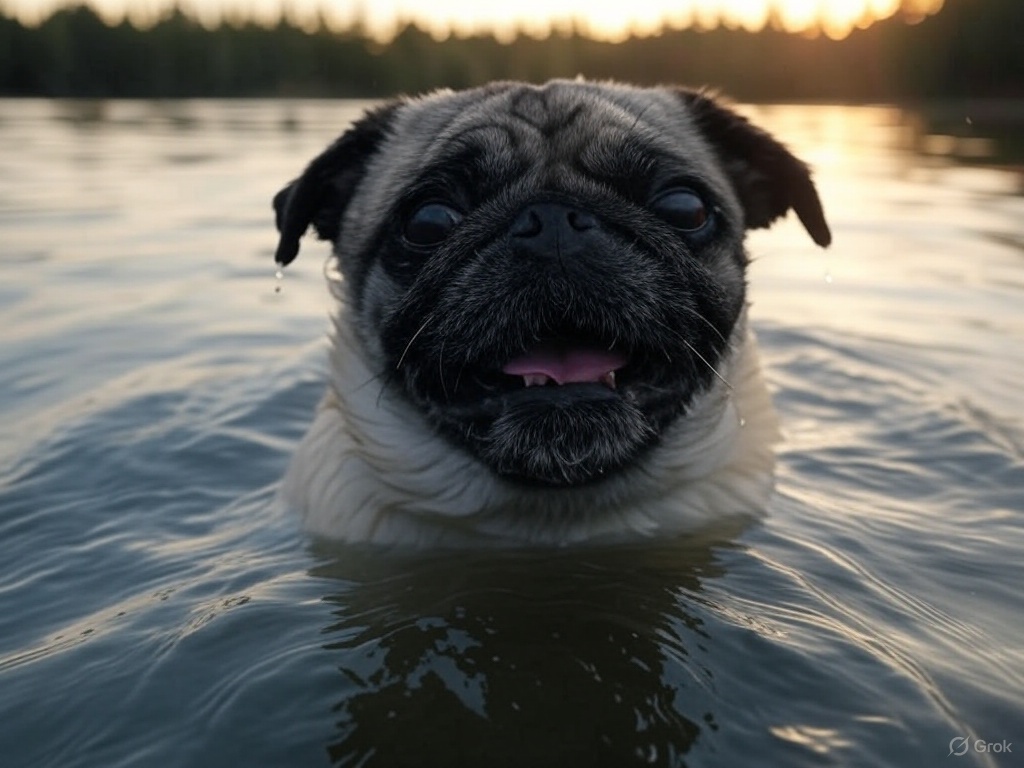Can Pugs Swim? Understanding Your Pug’s Relationship with Water

Pugs are charming little dogs known for their big personalities and lovable nature. But when it comes to swimming, many pug owners wonder if their wrinkly-faced friends are equipped for aquatic adventures. While some dogs are natural swimmers, pugs face unique challenges in the water.
Why Swimming Can Be Difficult for Pugs
Pugs aren’t built like typical water dogs. Their short, stocky bodies and flat faces (brachycephalic features) make swimming more challenging. Unlike dogs with longer snouts that can keep their airways above water with ease, pugs may struggle to breathe properly when paddling. Their compact frame also limits their ability to float efficiently.
Can Pugs Learn to Swim?
Yes, pugs can learn to swim, but it requires patience, supervision, and the right conditions. Some pugs may instinctively paddle in shallow water, but this doesn’t mean they’re confident or safe swimmers.
Tips for Teaching Your Pug to Swim
If you want to introduce your pug to the water, follow these steps to ensure their safety and comfort:
- Start Slow: Begin with shallow water where your pug can comfortably stand. Gradually increase the depth as your pug becomes more confident.
- Use a Life Jacket: A well-fitted dog life jacket adds buoyancy and helps keep their head above water.
- Stay Close: Never leave your pug unattended in or near water.
- Encouragement and Rewards: Treats and positive reinforcement can help your pug associate water with fun experiences.
Best Swimming Environments for Pugs
Choosing the right environment is key. Calm, shallow waters such as kiddie pools, lakes with gentle slopes, or pet-friendly beaches provide ideal conditions. Avoid strong currents or deep water that may overwhelm your pug.
Signs Your Pug Might Enjoy Swimming
While some pugs naturally dislike water, others may surprise you with their enthusiasm. Signs your pug might enjoy swimming include:
- Curious behavior around water
- Playful splashing in shallow areas
- Confidence in wearing a life jacket
Safety Precautions for Pug Swimming
Pugs’ flat faces make them prone to overheating, even in water. Always watch for signs of exhaustion, such as heavy panting or lethargy. After swimming, rinse your pug to remove chlorine, salt, or dirt from their coat.
Should Pugs Swim Regularly?
Swimming can be a great low-impact exercise for pugs, especially for those with joint issues. However, it’s best treated as an occasional activity rather than a primary form of exercise. Walks and indoor playtime often remain the best options for keeping pugs active and healthy.
Related Articles You Might Find Helpful
If you enjoyed this guide, you may also find these articles useful:






